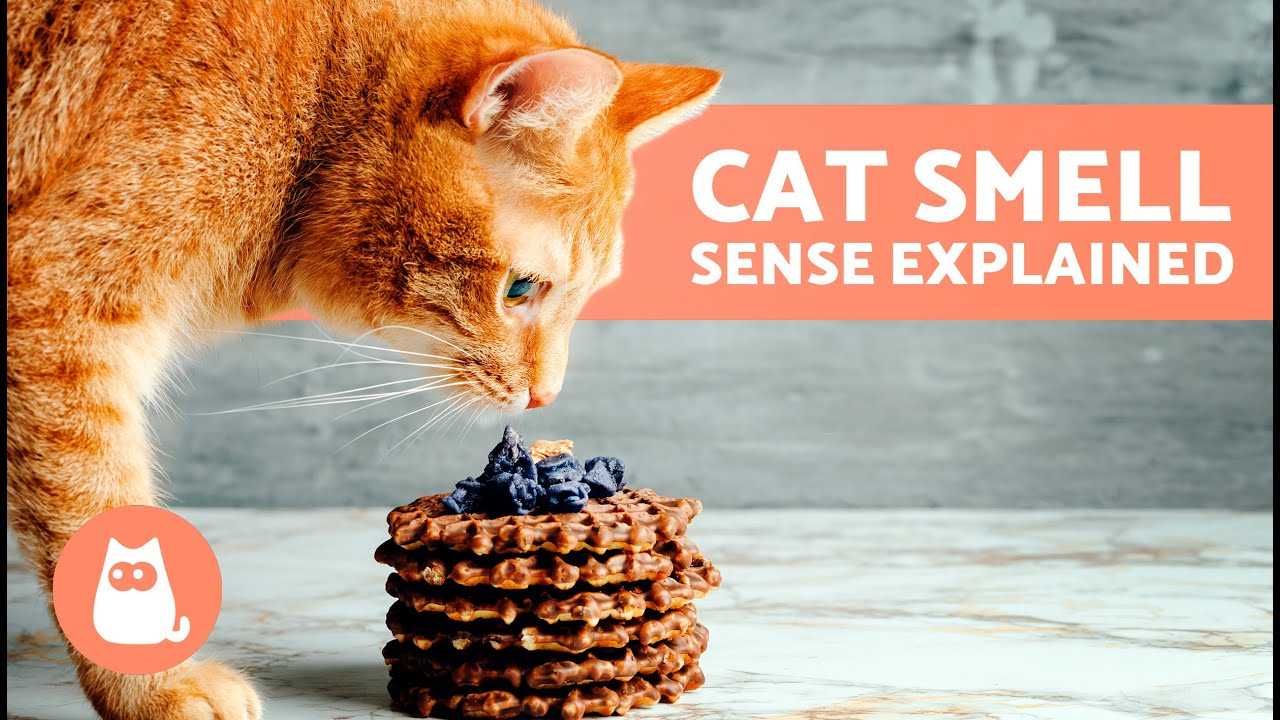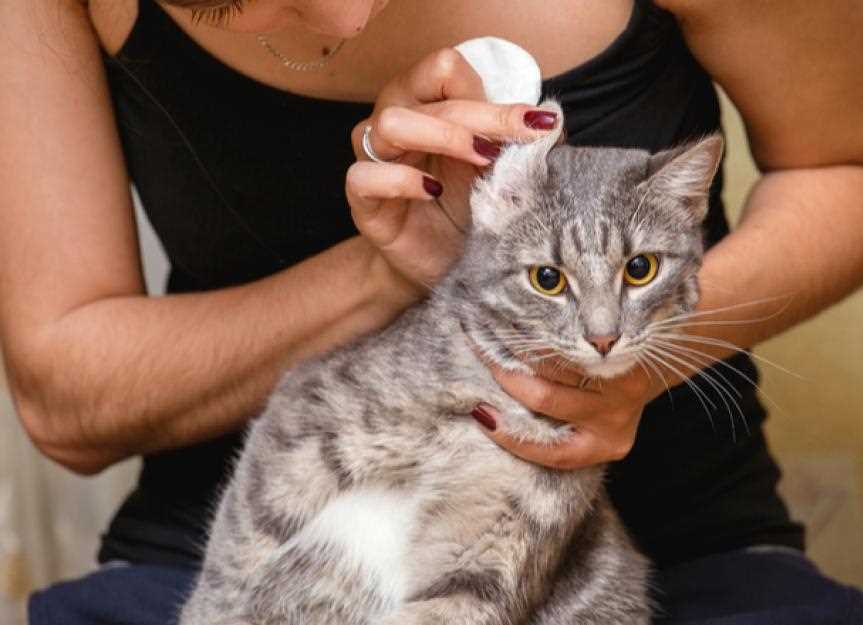



Did you know my sense of smell is about 14 times more acute than yours? As a Scottish Fold, my snout is finely tuned to detect a variety of scents, from the faintest whiff of treats to the subtle aroma of flowers. My olfactory receptors number around 200 million, allowing me to sniff out things you might completely miss.
When I wander around the house, I’m not just exploring; I’m gathering information. Each scent tells a story. I can identify my human’s favorite socks or detect the slightest trace of a new visitor. The ability to recognize scents plays a crucial role in my social interactions and helps me communicate with my furry friends.
Curious about how I use my nose? I often engage in scent marking, leaving my own unique fragrance on my territory. This helps me establish my presence and lets others know I’ve been around. My nose also assists in hunting, allowing me to track down potential prey, even if it’s just a toy mouse hidden under the couch.
So, next time you see me sniffing around, remember, I’m not just being curious; I’m experiencing the world in a way that’s incredibly rich and detailed. My sense of smell is a powerful tool that shapes my everyday adventures.
Remarkable Olfactory Abilities
My sense of scent is about 14 times stronger than that of humans. This allows me to detect a variety of odors that you might miss. For example, I can pinpoint the location of my favorite treats from across the house. If you want to see me in action, try hiding a snack behind the couch. I’ll find it in no time!
Understanding My Scent Perception
My nose has around 200 million olfactory receptors compared to your 5 million. This gives me an incredible advantage in recognizing scents, whether it’s the aroma of fresh food or the familiar smell of my human. I can even identify different pheromones, which helps me communicate with other furry friends. This ability plays a significant role in my social interactions and territorial awareness.
Practical Tips for Humans

To keep my senses engaged, introduce new scents into my environment. Try placing different herbs like catnip or mint around the house. This not only stimulates my curiosity but also enhances my overall well-being. Regularly rotating toys with unique scents can keep my environment fresh and exciting.
Remember, scents can have a strong impact on my mood. Avoid strong artificial fragrances that might overwhelm me. Stick to natural scents that I enjoy, and I’ll be a happy feline!
The Anatomy of a Feline’s Nose

The structure of my nose is quite fascinating. It features a unique combination of cartilage and soft tissue, with a moist surface that enhances perception of scents. The nasal cavity is divided into two sections, allowing for a more complex analysis of aromas.
Olfactory Receptors
I possess approximately 200 million olfactory receptors, significantly more than humans, who have around 5 million. This vast number enables me to detect a wider variety of scents and differentiate between them with remarkable precision.
Jacobsen’s Organ
My nose is equipped with an additional sensory structure called Jacobsen’s organ, or the vomeronasal organ. This allows me to pick up pheromones, which are essential for communication and social interactions with fellow felines. The ability to sense these chemical signals helps me understand the emotional states of others.
The intricate design of my nose, combined with the advanced olfactory system, makes exploring the world through scents an adventure. Each whiff tells me a story, revealing information about my surroundings that humans might miss entirely.
Comparing Felines’ Olfactory Abilities to Humans
Did you know that my sense of smell is about 14 times more acute than yours? This remarkable olfactory prowess allows me to detect scents in ways that humans simply can’t fathom. While you have around 5 million olfactory receptors, I boast approximately 200 million. This difference significantly enhances my ability to identify pheromones, food sources, and even potential dangers in my environment.
Olfactory Receptors and Their Functions

To illustrate this difference, I’ve put together a table comparing our olfactory receptors and related functions:
| Aspect | Humans | Felines |
|---|---|---|
| Olfactory Receptors | ~5 million | ~200 million |
| Ability to Detect Scents | Limited | Exceptional |
| Function of Jacobsen’s Organ | Absent | Present |
| Identifying Pheromones | Minimal | Highly Sensitive |
Practical Implications
This heightened sensitivity allows me to enjoy life in ways you might overlook. I can sense when my human is feeling down or when another animal is nearby. It’s also why I’m particularly fond of certain scents–like catnip! In addition, maintaining my health involves more than just food; ensuring my ears are clean is essential. For that, I suggest checking out the best ear cleaning solution for cats. Keeping everything in tip-top shape helps me make the most of my remarkable olfactory abilities!
How Felines Utilize Odors for Communication

When it comes to sharing information, I rely heavily on my sense of odor. It helps convey emotions and messages to other creatures. For example, I often engage in marking my territory by depositing scents from glands located on my cheeks and paws. This signals to others that this space belongs to me.
Social Interactions
During playtime or encounters with fellow felines, I can detect pheromones that indicate various states, such as readiness to mate or feelings of stress. These chemical signals can inform me whether to approach or maintain distance. This ability to interpret scents enhances social bonds and helps avoid conflicts.
Recognizing Individuals
Each of my friends has a unique scent profile. By sniffing, I can recognize familiar companions, even from a distance. This familiarity fosters comfort and connection among us. I also use scents to identify food sources or potential threats, making my environment feel more secure.
In conclusion, odor plays a pivotal role in how I interact with the world around me. It shapes my experiences and relationships, making every whiff an important part of my daily life.
Understanding Pheromones in Cats
Pheromones play a significant role in my daily interactions and communication. They are chemical signals secreted by my body, providing a way to convey messages to fellow felines. This form of communication is crucial for establishing territory, signaling readiness for mating, and even expressing comfort.
Types of Pheromones
There are several types of pheromones I use. Territorial pheromones mark my space, letting others know where I reign. Social pheromones help me connect with my companions, while alarm pheromones signal danger. Each type serves a distinct purpose, contributing to my social structure and safety.
Detection and Response
My ability to detect these chemical signals is heightened by the vomeronasal organ, located in the roof of my mouth. When I curl my lips back and open my mouth, I’m effectively tasting the air, allowing me to identify these pheromones. This response is vital for understanding the emotional state of my peers and responding appropriately.
Recognizing these subtle cues enhances my interactions and keeps me informed about my environment. By paying attention to pheromones, I navigate my social world with ease, ensuring I maintain harmony among my fellow creatures.
The Role of Smell in a Cat’s Hunting Skills
Trust me, if you want to be a successful hunter like me, mastering the art of scent detection is key. My nose is packed with over 200 million scent receptors, giving me an extraordinary ability to track down prey.
Here’s how it works:
- Tracking Prey: The faintest whiff of a mouse or bird can send me into stealth mode. I can detect smells from yards away, allowing me to locate potential meals even when they’re hidden.
- Identifying Food: Freshness matters. I can tell if a snack has gone bad just by sniffing it, which helps me avoid anything that might upset my tummy.
- Recognizing Territory: My sense of odor helps me know who’s around. I can easily identify the scents of other animals and determine if they’re friend or foe, which is critical while stalking or defending my territory.
When I’m on the prowl, I often use a technique called the Flehmen response. This involves curling my lips and inhaling deeply to process scents more effectively. It helps me gather all the information I need to decide my next move.
In addition to tracking and identifying, my olfactory prowess also plays a role in the timing of my hunt. I can sense the activity levels of my potential prey through their unique smells and adjust my approach accordingly. If I detect a high level of anxiety in a critter’s scent, I know it’s time to strike.
So, if you want to be more like me, remember that honing your ability to detect scents is key to being a top-notch hunter. Pay attention to your surroundings, and you might just find your next meal right under your nose!
Common Odors That Attract or Repel Felines
As an 8-year-old Scottish Fold, I’ve had my fair share of sniffing adventures. Certain scents truly draw me in, while others send me running. Most of my friends and I are captivated by catnip; its strong aroma triggers playful behavior and makes us feel euphoric. Fresh herbs like basil and thyme also pique our interest, offering a delightful and refreshing experience.
On the flip side, there are odors that many of us find unappealing. Citrus scents, such as lemon or orange, tend to repel us. These fragrances are often too intense for our sensitive noses. Additionally, strong spices like pepper can be overwhelming, making us prefer to keep our distance.
It’s interesting to note that some household cleaners can be quite offensive. Products with ammonia or bleach are particularly disliked. They can cause irritation, so it’s wise for humans to choose pet-friendly alternatives.
When it comes to food, the smell of fish is a favorite among many of my peers. The rich aroma is hard to resist, while chicken and turkey are also highly appealing. However, some cats might turn their noses up at certain flavors, like those involving beans or peas.
Finally, scents associated with other animals can elicit a range of reactions. The smell of dogs can be intriguing or intimidating, depending on the individual. Understanding these preferences helps in creating a comfortable environment for us furry companions.
Tips for Enhancing Your Feline’s Olfactory Sensitivity
Engaging with various scents can significantly heighten my olfactory abilities. Here are some practical ways to enrich my experiences:
- Natural Scents: Introduce fresh herbs like catnip, mint, or basil. These fragrances stimulate my senses and can encourage playful behavior.
- Rotating Toys: Use toys infused with different aromas, such as those containing natural oils. Switching them regularly keeps me curious and excited.
- Interactive Play: Incorporate scent trails during playtime. Hiding treats or toys with a unique scent around the house can enhance my hunting instincts.
- Food Variety: Offer a variety of high-quality food with different flavors and scents. This not only makes meals more enjoyable but also stimulates my nose.
- Outdoor Exploration: Supervised outdoor time allows me to explore new environments filled with diverse smells. This can be a great sensory experience.
Additionally, consider selecting items that cater to my sense of smell, like the best 3 person inflatable boat for dogs for safe outdoor adventures. Trying out different experiences can make each day exciting and help me fully engage with my world through scent.









